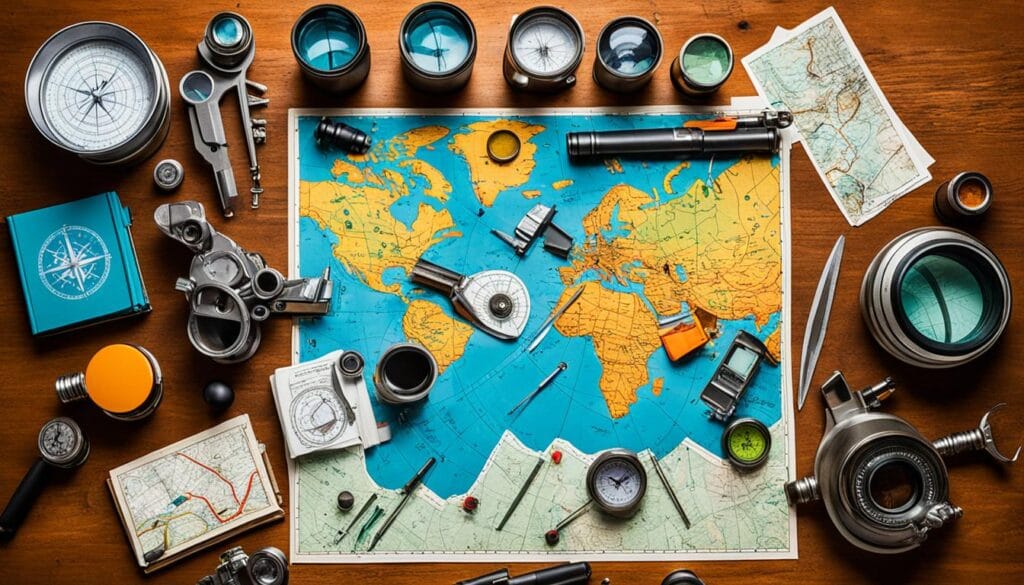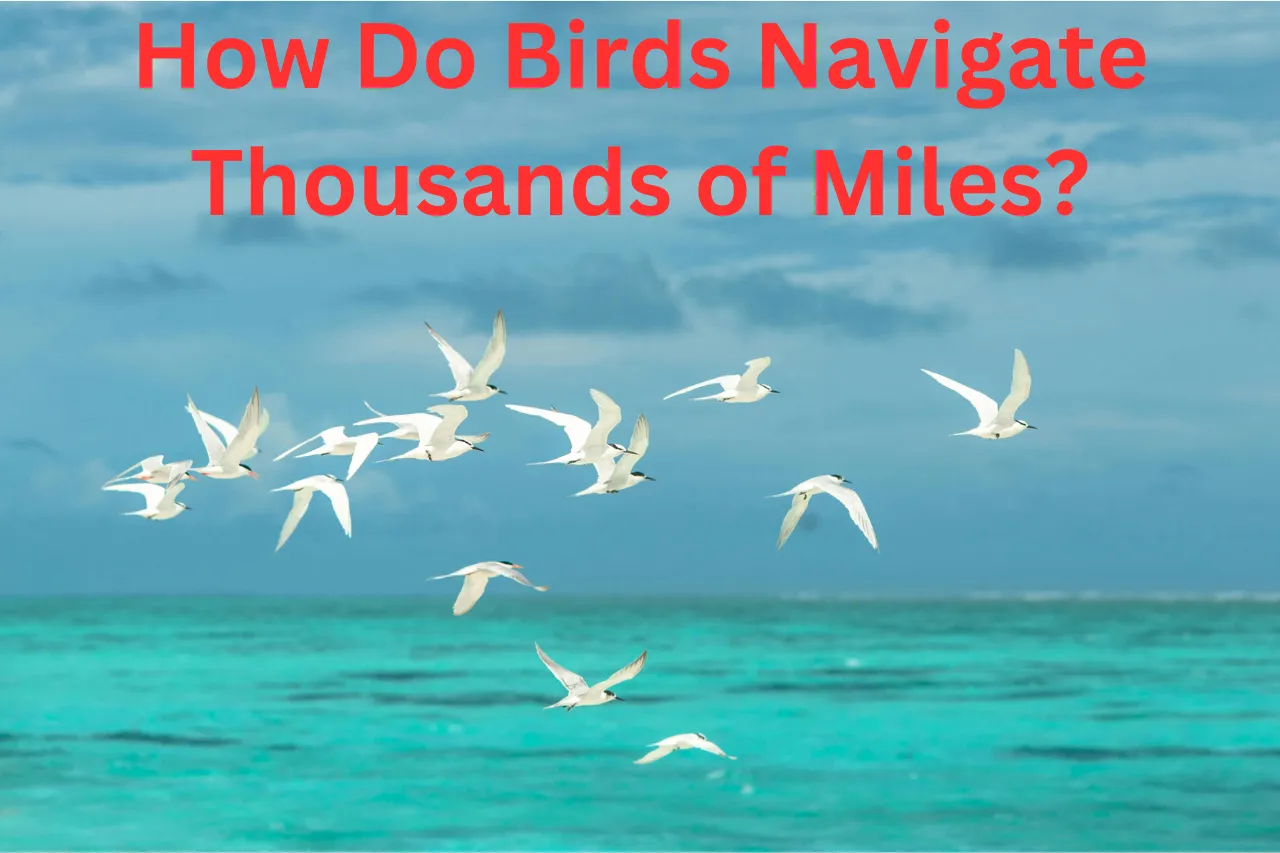Curiosity is a key part of being human. It makes us want to explore and understand our world. By using our curiosity, we start a journey of learning, growing, and appreciating different cultures. This article will look into why curiosity matters, how to keep it alive, and its impact on our lives.
Since we’re young, our inquisitiveness and wanderlust push us to learn more, question things, and see the world in new ways. Curiosity pushes us to explore and discover, helping us grow a wider view of the world. It makes us more open-minded.
Exploring new cultures, solving mysteries, or talking about complex ideas, curiosity opens doors to learning and seeing the world differently. By using our curiosity, we change ourselves and how we see the world. This leads to a more satisfying and meaningful life.
The Science of Curiosity
Curiosity is a natural part of who we are. It comes from our biology and helps us learn about the world. The neuroscience of curiosity shows that our brain gets a reward when we seek out new things. This reward, like the feel-good neurotransmitter dopamine, makes us want to keep exploring.
Why Humans are Curious
The study of neuroscience of curiosity is really interesting. When we find something new or unsure, our brain releases dopamine. This makes us feel good and want to learn more. This cycle of curiosity and discovery is how we grow and learn.
Curiosity works by activating certain parts of the brain, like the hippocampus. This area helps us learn and remember things. By understanding how curiosity works, we can learn how to keep it alive and use it to our advantage.
Benefits of Being Curious
Curiosity has many benefits for us. It makes us open-minded, adaptable, and more engaged. It also makes us want to keep learning throughout our lives.
Being curious helps us solve problems better by looking at things from new angles. By being naturally curious, we can grow personally and professionally. It helps us appreciate different cultures and understand the world better.
Nurturing Lifelong Curiosity
Having a curious mindset is key to keeping a lifelong sense of wonder and exploration. It means being open to new ideas, asking good questions, and being ready to learn from new experiences. This helps us get past obstacles like confirmation bias or fear of the unknown.
Developing a Curious Mindset
Practices like continuous learning and meeting different people help us keep our curiosity alive. With new tech and changing norms, lifelong learning is a must. Seeing challenges as chances to grow can help us get past what stops us from being curious.
Overcoming Barriers to Curiosity
Even though curiosity comes naturally, things like fear or pressure to fit in can stop us. To overcome these obstacles, we need to make curiosity a priority. We should make time for exploring and seek out new things that make us think differently.
By being more curious and getting past what holds us back, we open doors to personal growth and lifelong learning. This helps us adapt, innovate, and do well in a world that’s always changing.
Curiosity about the World: A Journey of Exploration
Embracing curiosity about the world starts a journey of exploration and discovery. It makes us open to new things, like different cultures and experiences. This can change how we see the world. By learning about other cultures and trying new things, we grow to appreciate the world’s beauty and complexity.
Starting this journey helps us become more understanding and aware of the world. Curiosity pushes us to try new things and see the world from different views. It helps us value the diversity of cultures around us.
- Deep-sea divers represent approximately 5% of modern-day adventurers, showcasing a niche interest in exploring the ocean’s depths.
- For every historical explorer such as Marco Polo or Magellan, there are approximately 25 modern-day adventurers continuing the legacy of exploration.
- Cultural exploration trips have shown a yearly increase of 10% over the past decade, indicating a growing interest in immersing in diverse traditions and perspectives.
- Telescopes are the primary tools for exploring the cosmos, with 80% of current space exploration efforts relying on telescopic observations to uncover mysteries beyond our world.
- Data suggests that 3 out of 4 expeditions have reported unexpected encounters or discoveries, highlighting the element of serendipity and the unknown in exploration.
| Statistic | Value |
|---|---|
| Percentage of deep-sea divers relative to other modern-day adventurers | 5% |
| Ratio of historical explorers to modern-day adventurers | 1:25 |
| Increase in cultural exploration trips (yearly) | 10% |
| Utilization of telescopes in exploring the cosmos | 80% |
| Rate of unexpected encounters during expeditions | 3 out of 4 |
By embracing our natural curiosity about the world, we start a journey of exploration and discovery. This journey changes how we see things and understand the world. It helps us see the beauty and diversity of human experiences.
Tools for Fueling Curiosity
In today’s digital world, we have many technology for learning and online resources to help us stay curious and keep learning. We can use virtual tours, online courses, interactive apps, and digital libraries to explore new things. These tools let us learn at our own pace and from anywhere.
By using these technologies, we can make a special “curiosity toolkit” just for us. This toolkit helps us find and follow our interests and learn more about the world.
Utilizing Technology for Learning
Technology has changed how we find and use learning resources and grow personally. Now, we can easily access lots of information online. This lets us dive deep into topics we’re really interested in.
We can look at virtual museum exhibits, take online courses, or use digital libraries. Technology lets us learn whenever and however we want.
Building a Curiosity Toolkit
Creating a strong “curiosity toolkit” helps us keep exploring and discovering. This toolkit can include things like e-readers, apps for taking notes, and tools to share what we find. With the right tools, learning becomes easier and more fun.
Having a curiosity toolkit lets us control our learning and keep our sense of wonder alive. It helps us grow and see things from new angles.

Connecting the Dots: The Power of Curiosity
Curiosity drives us to solve complex problems and find new solutions. It helps us see connections between different ideas and fields. People who are curious can link together things that seem unrelated, leading to new insights.
Being curious makes us want to explore and learn more. We don’t just accept what we know at first glance. We dig deeper, question what we think we know, and seek out new knowledge. This can lead to big discoveries that change how we see the world.
Curiosity helps us find new solutions by connecting the dots. By combining knowledge from different areas, curious people can spot patterns and come up with new ideas. These ideas can greatly improve our lives and society.
Curiosity is not just about wanting to learn. It’s also about developing skills to succeed in a fast-changing world. In today’s world, being able to think critically and make new connections is very important.
By being curious and looking at problems from different angles, we can make new discoveries. This can lead to innovation and a better understanding of the world. Curiosity has the power to change our lives and society for the better.
| Types of Curiosity | Description |
|---|---|
| Diversive Curiosity | The desire to explore new and unfamiliar experiences, often driven by a sense of novelty and excitement. |
| Epistemic Curiosity | The desire to acquire knowledge and understanding, often driven by a thirst for deeper comprehension and intellectual stimulation. |
By embracing both diversive and epistemic curiosity, we can open up new possibilities. This leads to personal growth, success, and progress for society. Curiosity is a powerful force that can deeply impact our lives.
Curiosity and Social Responsibility
In today’s world, social media spreads information fast, sometimes with errors. Curiosity can fight this by making us look deeper and question what we think we know. It makes us seek out facts instead of just what we want to hear.
By growing our curiosity, we learn to think more deeply and carefully online. This helps us make better choices. Curiosity also makes us think about the right way to act, leading to a stronger sense of social responsibility.
Curiosity as a Counterweight to Social Media
When we follow our curiosity, we must think about how our actions affect others. Curiosity might make us explore new things, but we should think about the impact. We need to respect others’ privacy and make sure our search for knowledge is fair and kind.
Ethical Considerations in Curiosity
Being curious with empathy and critical thinking helps us use curiosity for good. It can lead to positive changes in the world. By being thoughtful and responsible, we can make a better, fairer, and connected world.

Fostering Curiosity in Children
Helping children become curious is key to their growth and learning. By making learning environments that invite exploration and open questions, we spark a love for learning. This curiosity helps them throughout their lives.
Creating Environments for Exploration
Offering a variety of materials and letting kids play freely helps them discover and learn. When we act curious ourselves, we show them how to be curious too. This way, they learn to think critically, be creative, and believe in themselves – skills they need today and tomorrow.
Encouraging Questioning and Discovery
Listening to what kids wonder about and answering with more questions helps grow their curiosity in children. It lets them take charge of their learning. This builds their confidence and love for discovery-based learning. By valuing their questions and supporting their searches, we help them face new challenges and keep learning.
Children’s curiosity makes them understand more, be creative, solve problems, and love learning. By encouraging questioning and discovery, we help every child reach their full potential.
| Age Range | Curiosity Milestones |
|---|---|
| 0-9 months | Looking at themselves in the mirror and trying to reach their reflection |
| 8-16 months | Feeling, banging, sitting on, and throwing objects to explore and learn about them |
| 15-24 months | Stopping to examine objects like leaves when outside |
| 24-36 months | Devising ways to reach objects of interest, such as pulling a chair up to a table |
| 3 years | Observing and imitating the play of their peers |
| 4 years | Collecting objects they are interested in, like sticks or shells |
| 5 years | Recognizing their peers’ knowledge and asking them questions |
Conclusion
Curiosity is a key trait that helps us learn, grow, and understand the world. It makes us want to explore, ask questions, and discover. This trait opens doors to new ideas, solves problems, and makes us more aware of others.
We can use technology, think creatively, or teach kids to be curious. This way, we can all use curiosity to start a journey of discovery. By keeping our sense of wonder alive, we live more fully and responsibly. We become committed to learning and valuing the complexity and beauty of our world.
Curiosity has the power to change our lives and the world. It leads to innovation, empathy, and a better understanding of ourselves and others. As we face new challenges, let’s let curiosity guide us. It will help us build a brighter, connected, and enlightened future.


